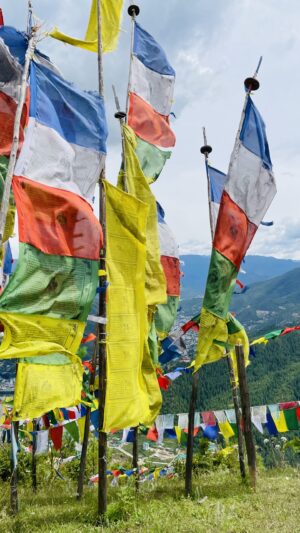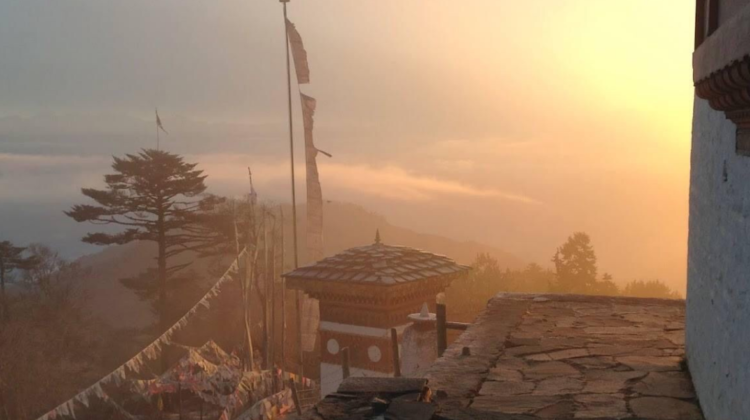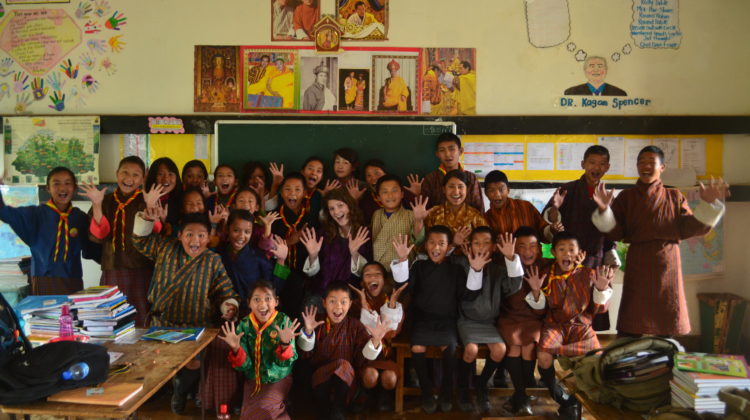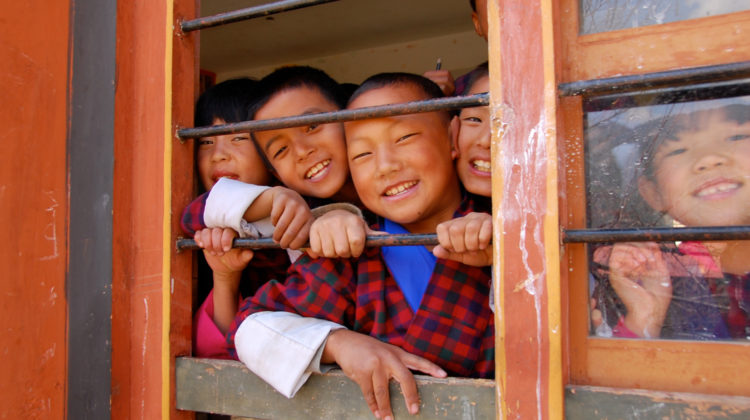For hundreds of years the route of the Trans Bhutan Trail (TBT) was carved across the landscape of Bhutan. Despite a generation of neglect, the path is still clear, as is the tens of thousands of hours of labour that went into the construction of the ancient trail. The warn steps, drainage systems, and retaining walls across the length of the TBT are all reminders of the efforts made by ancestors from long ago.

As the TBT team made two journeys along the Eastern section of the trail in November, we marveled at the work that has been undertaken over the past several months by local people who retain the sense of craftsmanship handed down through the generations. Trail inspection in November went very well with Pema, Karma and Galey tracking approximately 180 kms of the Eastern Trail. There is still work to be done, but Gewogs (village clusters) and the Phrumsengla National Park should be proud of their efforts to date.

While the trail crew was seeing to the physical trail structure, the marketing and research team endeavored to collect stories from elders who remember a time before the road. This month Tandin (Research Assistant, Trans Bhutan Trail Initiative) collected interviews from 8 districts, 24 gewogs, and 44 community members in Eastern Bhutan. She is still building a portfolio of these extraordinary stories and memories. If you know an elder with stories of the TBT, please contact her at tandin@transbhutantrail.bt or leave us a message on our Facebook page. We are particularly keen to speak with any remaining mail runners or the descendants of Garbs.

With the research underway, Jamyang (Marketing Manager, Trans Bhutan Trail) and Sonam (Senior Director, Trans Bhutan Trail) worked to continue building our trail community and meeting with local officials to review work completed and work in progress. They have also engaged a total of 32 Ambassadors in 23 gewogs who provide services along the trail and stamp trail passports for those who wish to track their journeys.

Finally, while the crew was trekking in the East, work continued on the Semtokha to Dochula section of the trail (Western Bhutan). Ironically, this section in the most densely populated region and closest proximity to the TBT office is one of the last and most challenging sections of the trail to complete. Scouting has been going on for several months and as this blog is going out, final inspection of the trail is being undertaken. This is particularly exciting as for the first time in 60 years people will be able to walk the historic route along the Wangchhu from Thimphu to Dochula, completely off the National Highway. The TBT is grateful to our friends Kinga and Kinley from Punakha and Thimphu Mountain Bike Clubs for providing guidance in this work and all the crews who have put their hands to this work.

Though the weather is turning cold, work continues. We are excited about moving on to the next phase of TBT activities which will include the establishment of amenities and campsites along the route. As well, the trail website will be launched in the coming months giving people around the world a glimpse of this extraordinary treasure.
Would you like to walk in the footsteps of the ancestors? Do you have a family story, historical account or images of the ancient trail? Please share them with the TBT Trail Community on Facebook and Instagram tagging #TransBhutanTrail, or contact us at catherine@bhutancanada.org.
Follow TBT social media for updates on trail events, day hike recommendations, trekking and through-hike







